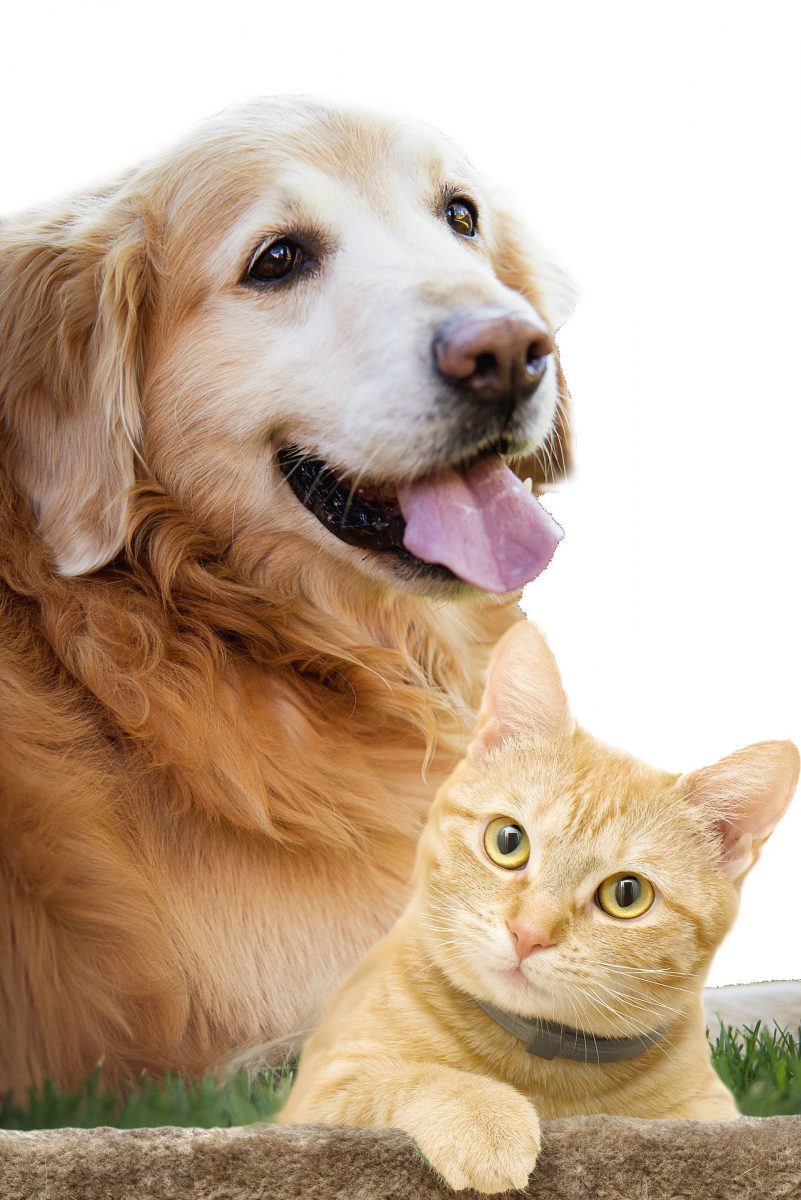Often when we are feeling down, we turn to our beloved pets to keep us company and cheer us up. A fluffy cuddle can really help to lift the mood. But how do you know whether your furry companion is feeling down themselves?
With October being the month for animal welfare and pet wellness, we wanted to guide you through some common signs to help you detect those occasional mood changes in your pet.
What are the signs?
Paying attention to your pet’s body language can really help you understand how they may be feeling.
Their face, posture, tail position and eating habits are all tell-tale signs of whether they may be feeling happy or sad.
Lack of energy, being more vocal and changes in how they clean and groom themselves can also hint at any mood changes.
Differences in their tail – You may already know that dogs tend to wag their tail when they are excited or happy. Although, for an anxious or unhappy dog, they may tuck their tail between their legs or wag their tail slower than normal, indicating insecurity. However, for cats its slightly different. A fast tail swoosh means your cat is upset or irritated by something. A slow swooshing of the tail may mean they are ready to pounce or are fixating on something. If your cat tucks their tail under or next to their body, chances are they are feeling intimidated or frightened, so it’s best to leave them alone for a while.
Body posture and position – A tense or frightened pet can easily be noticed from their body language. If they seem tense, or they are trying to look small and shrink away, there is a high chance they are feeling uncomfortable or upset. They may also hold their head low.
Ears back – If your pet is anxious about something their ears can be a good give away too. If their ears are back or low, and close to their head then you know something is up. A cat’s eyes may also appear a lot wider if they’re scared.
They won’t look at you or answer when you call – Both cats and dogs are alike in how they refuse to look at you when they’re feeling annoyed or upset by something you’re doing. You may try to call out to them, but they might not acknowledge they can hear you. Instead, they may keep their head and body low to the ground. Other times they may be even more vocal around you as a way to express what they may be feeling. If they are more vocal, they may be hurt, so it’s best to get them checked out if they are more vocal.
Hiding and wanting to be alone – If your pet chooses to walk away from a situation and hide behind, or under something, then leave them and allow them to do so. They are simply telling you they want to be alone, and they need to get away from the place they feel uneasy in. They will approach you again when they feel less anxious.
However, if you notice physical changes then you will need to visit your local vet, as they may have hurt themselves and are hiding as they are in pain, scared, or unable to move easily.
Appetite changes – Some pets, if they’re feeling out of sorts, may start to lose interest in food. Other pets may use the food as a kind of comfort and eat more. Keep an eye on your pets eating habits, to ensure they don’t drastically lose or gain weight.
Loss of Interest – Your pet may lose interest in doing the things they once loved. If they no longer get excited about going for walks, or playing with their toys, or going outside, there is a chance they may be suffering from low mood or depression.
Sleeping more – Cats and dogs sleep a lot! That is common. However, if they seem to be sleeping a lot more than normal, and they don’t get up to acknowledge when you’re in the room, there may be something upsetting them. They could also be more restless, and have trouble sleeping.
Paw Licking and excessive cleaning – This may be a hard one to notice, as cats tend to lick and clean themselves frequently. If your dog is excessively licking or chewing their paws, or your cat is grooming themselves so much so they create a thinning patch of fur or have increased fur balls, there could be a problem. Depressed pets will clean themselves as a way to soothe and take their mind off things.
What can I do to help?
It is important to not stress, or worry your pet more. Staying calm will reassure them that there is nothing to worry about, and hopefully they will return to their normal selves not too long afterwards. However, don’t force them into a comfortable situation, allow them to go willingly.
If your pet seems stressed and down quite frequently, you may need to take them to their local veterinary practice, as there could be an underlying cause.
If your pet is showing signs of aggression, as well as being upset, it is important you book them a vet visit as soon as possible to rule out any medical conditions that could be causing them pain. Your vet will be able to advise what to do if this is the case.

 The Vetsure Network
The Vetsure Network  Find a Vet Clinic
Find a Vet Clinic 